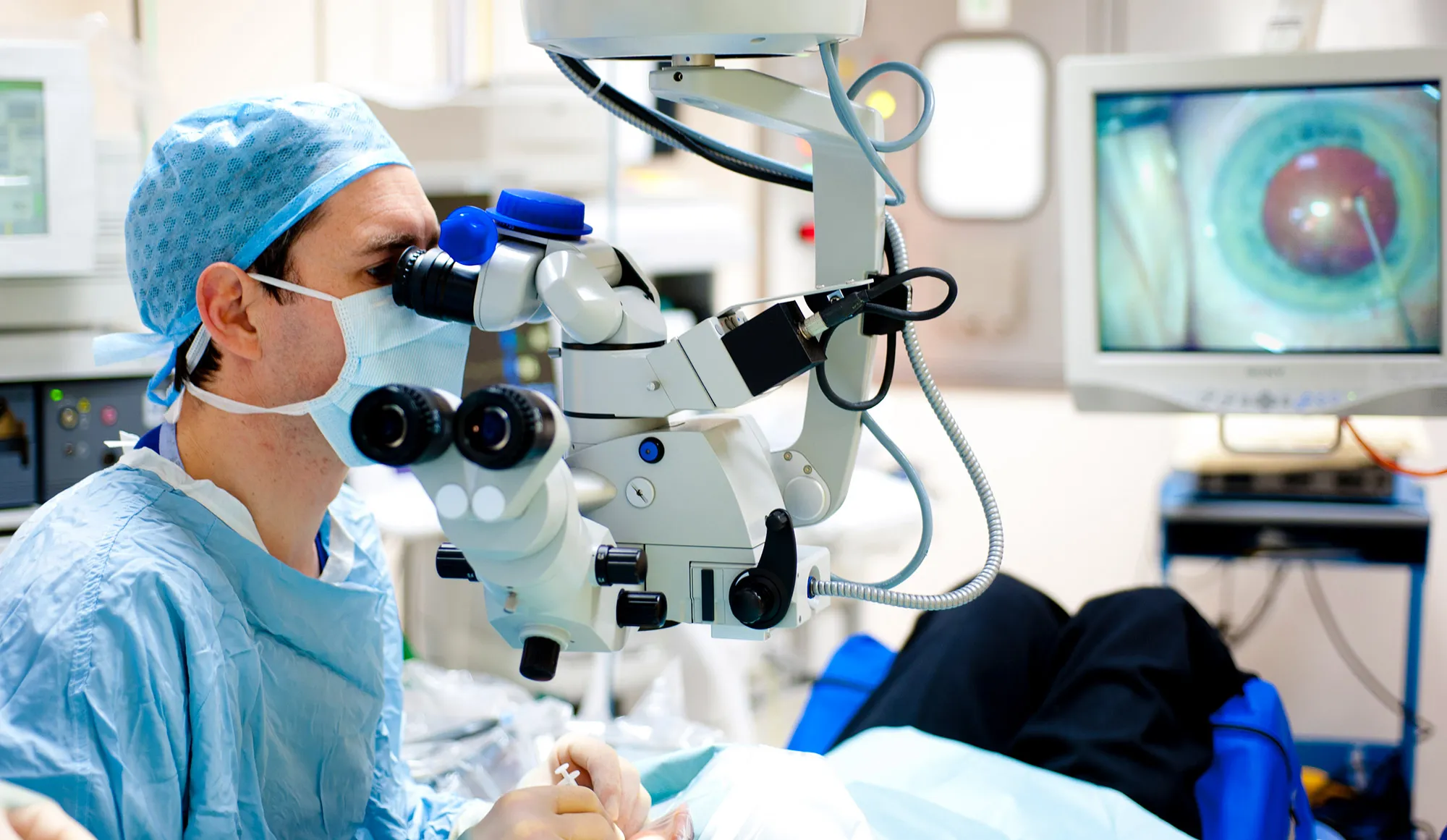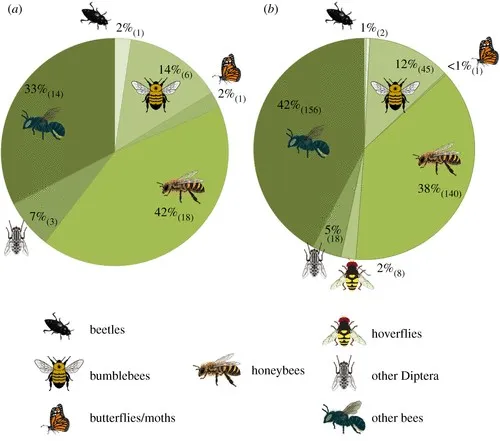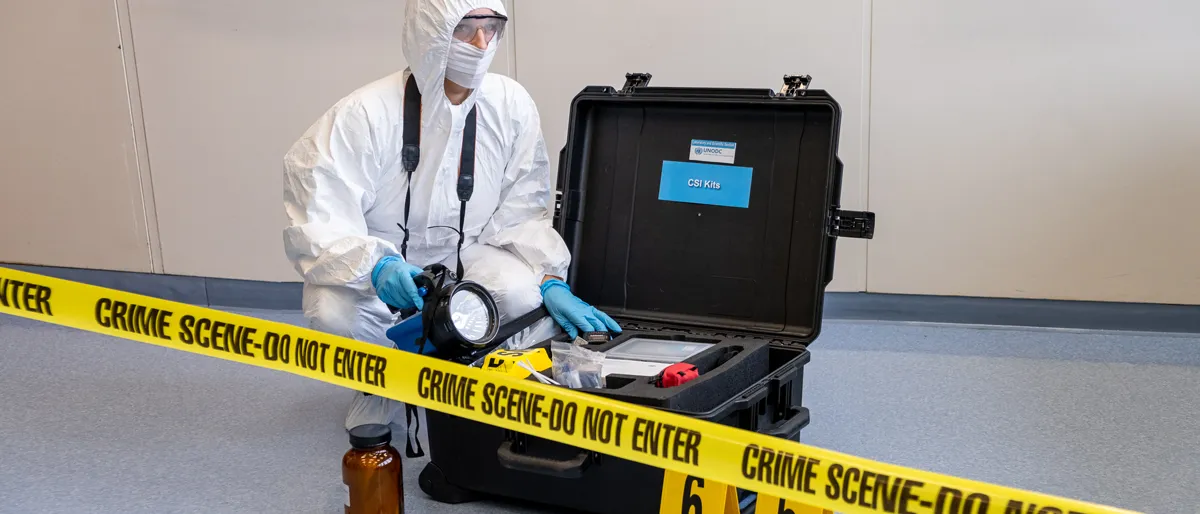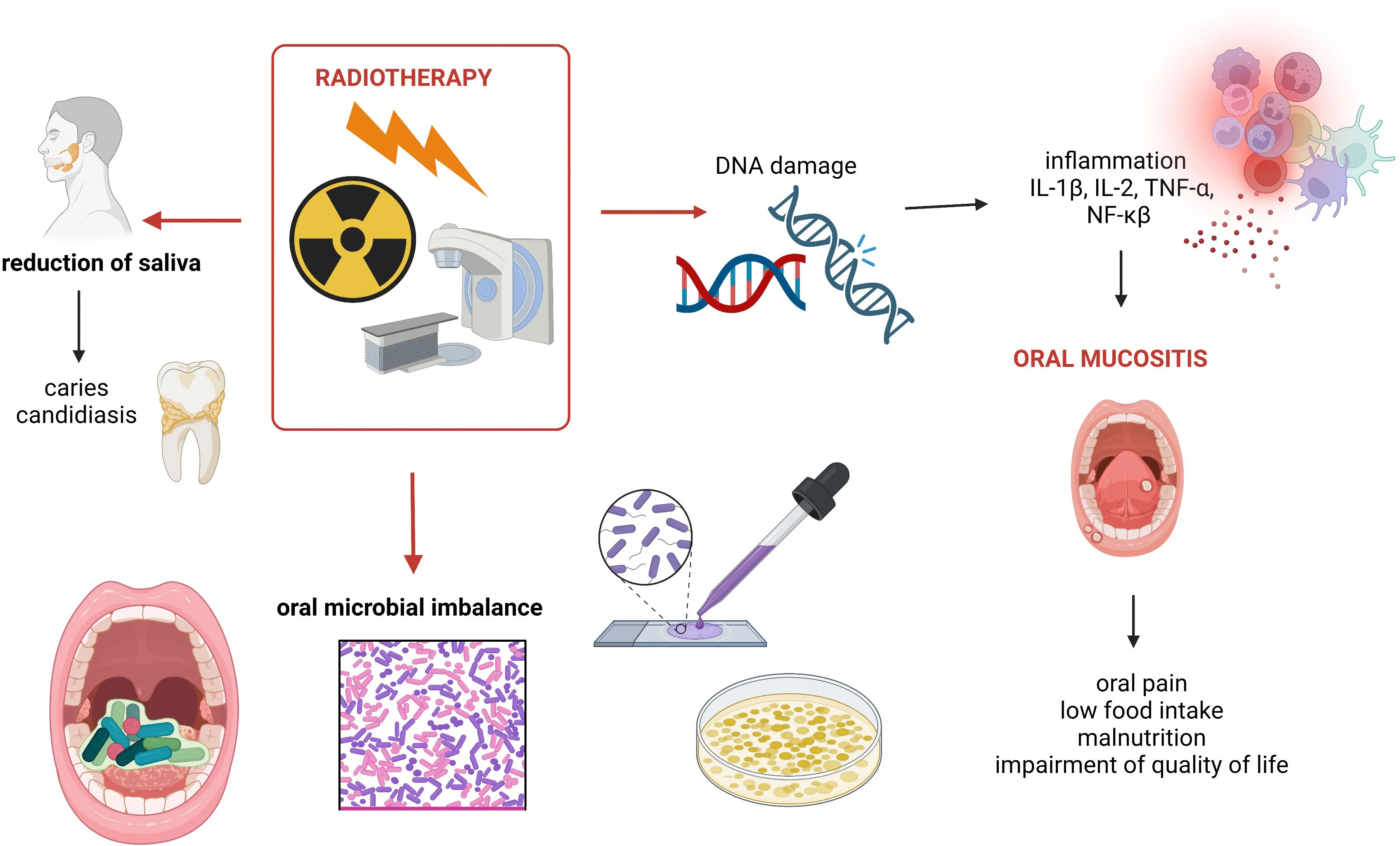Trends
Oxidative Stress and Red Blood Cell Morphological Alterations A “Systematic Narrative Review”
Early Detection of Protozoal Infections using Immunohistochemistry and PCR-Based Techniques.
Using Discriminant Analysis to Indicate the Most Important Effective Factors of Getting Neonatal Jaundice "A Study at Benghazi Children’s Hospital"
Turning our
attention to economically deprived areas of the world, the high burden of
protozoan infections will be in our minds for many years to come. Control of
such diseases relies on accurate and early diagnosis; however, conventional
light microscopy is not the key diagnostic tool due to lack of specificity and
sensitivity. Over the past decades, immunohistochemistry and PCR have shown to
provide a solid and trustworthy structure for the diagnosis and
characterization and the importance of which favours conventional procedures of
protozoa detection. These include IHC that allow tissue-bound and
tissue-dwelling parasites to be identified and the different method types in
PCR (qPCR, multiplex-PCR) which individually but, above all, together target
and mechano-etio-biologically work up degenerately detected parasite sequences
with great facility and celerity. This review brings together the most recent
data on the IHC and PCR techniques for some medically-relevant protozoa,
including between others Giardia duodenalis, Entamoeba histolytica,
Cryptosporidium spp, differences types of Leishmania spp, T. gondii
and Trypanosoma cruzi. Our results assert that underperforming
systematically tissue-based assays from the IHC, however, driven better
sensitivity with respect to the PCR assays for early diagnosis. Combining the
two methods makes diagnosis simple and cost-effective in order to achieve an
accurate one. With consideration to local epidemiological conditions, combining
IHC and PCR into one function will probably increase patient outcomes and
surveillance activities.
Share This Post:

Fahad Ibrahim Saleh
Clinical PathologyDepartment Applied Sciences Clinical Pathology (Medical Laboratory Diagnostics) fahad.is@ntu.edu.iq








